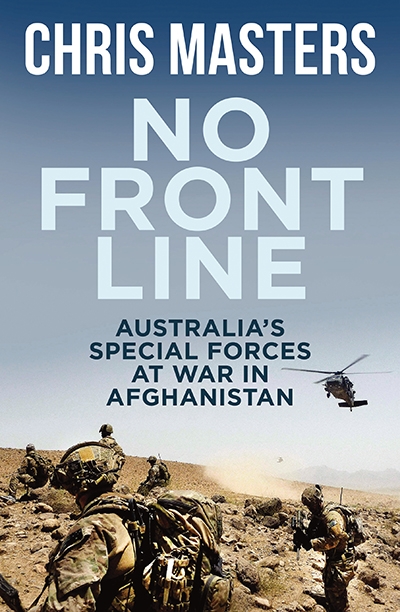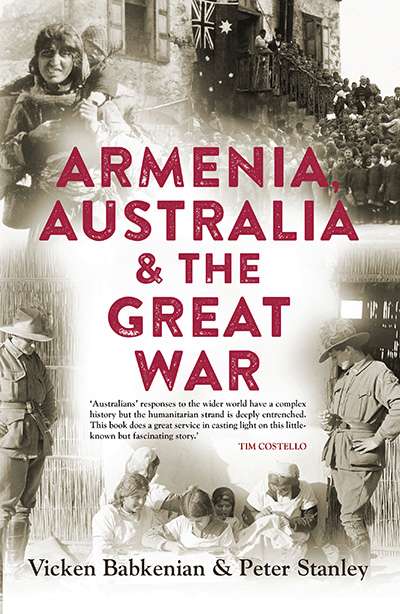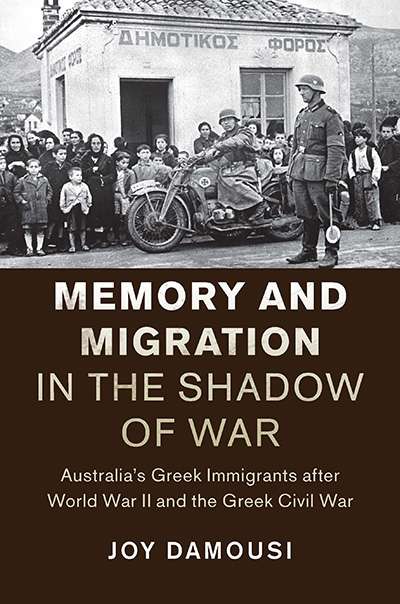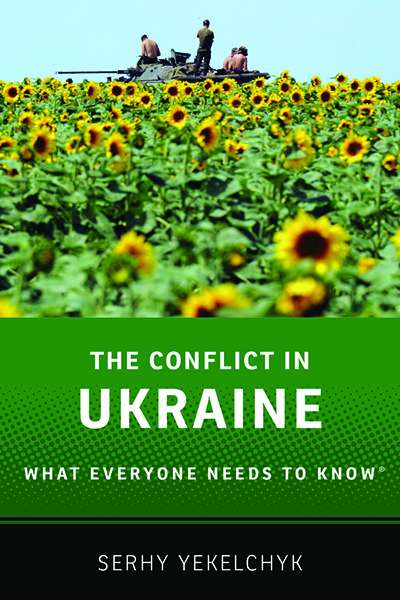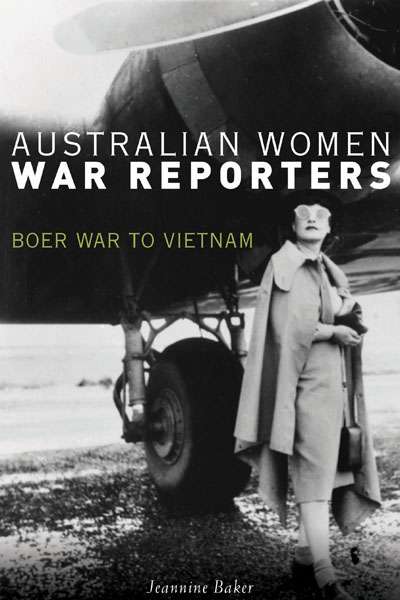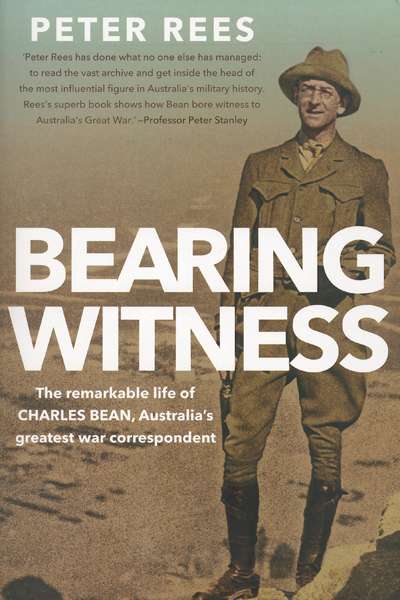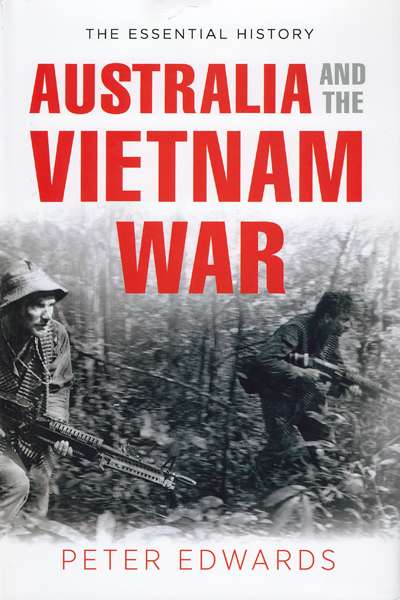War
No Front Line: Australia’s special forces at war in Afghanistan by Chris Masters
by Kevin Foster •
Fracture: Life and culture in the West 1918–1938 by Philipp Blom
by Peter Morgan •
Armenia, Australia and the Great War by Vicken Babkenian and Peter Stanley
by Joy Damousi •
Firing Line: Australia's path to war (Quarterly Essay 62) by James Brown
by Lucas Grainger-Brown •
Memory and Migration in the Shadow of War: Australia's Greek immigrants after World War II and the Greek Civil War by Joy Damousi
by Alistair Thomson •
The Conflict in Ukraine: What Everyone Needs to Know by Serhy Yekelchyk
by Mark Edele •
Australian Women War Reporters: Boer War to Vietnam by Jeannine Baker
by Susan Sheridan •
Bearing Witness: The Remarkable Life of Charles Bean, Australia's Greatest War Correspondent by Peter Rees
by Geoffrey Blainey •

